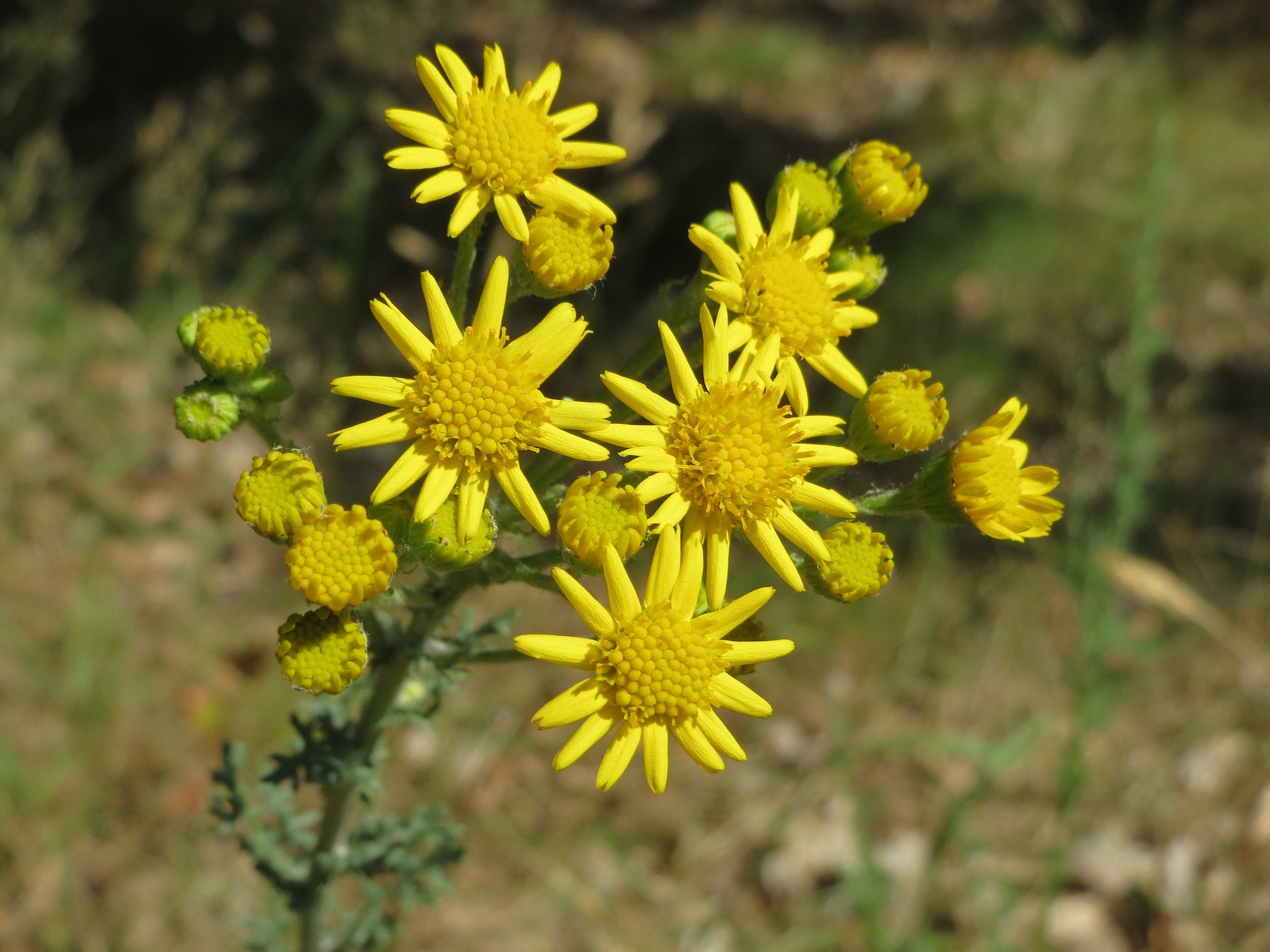Sublingual Therapy: Help Reduce Environmental Allergies
The best time to address your allergies is before allergy season starts.
Dr. Bridget offers Sublingual Immunotherapy, a very effective treatment for reducing environmental allergies.
What is Sublingual Immunotherapy and what is it good for?
Sublingual Immunotherapy (SLIT) is an allergy desensitization technique, where dilute blends of allergens are administered under the tongue in order to improve immune tolerance. SLIT is effective for the treatment of respiratory allergies, including allergic rhinitis, allergic conjunctivitis, mild to moderate asthma, and bronchial hyper-reactivity. There are a number of randomized controlled trials and several meta-analyses demonstrating the benefits of SLIT for various types of allergies.
What kinds of allergens can be desensitized using SLIT?
Allergies to molds, pollens, dust mites, and pet dander can be reduced or eliminated using SLIT. At this time, food allergies cannot be administered via SLIT due to safety reasons. However, some people find that as their environmental allergies improve, their allergic thresholds change, and previously intolerable foods become more tolerable.
How is SLIT performed?
First one must complete allergy testing, either through bloodwork or skin prick testing. Then SLIT formulas are created based on the individual’s allergens. The formula is administered once daily, under the tongue and held for 2 minutes. There is an initial build up period of 3 months, and thereafter patients switch to maintenance dosing.
How long will it take to feel better and what is the length of treatment?
Most people notice a clear benefit within a few weeks, particularly if using naturopathic treatments in addition to SLIT. The duration of treatment is entirely variable, lasting from 6 months to 3 years, during which time the dosing may change from daily to seasonal use.
What is the difference between SLIT and subcutaneous immunotherapy (SCIT)?
Subcutaneous immunotherapy is similar to SLIT in that it involves using low doses of allergic substances to build immune tolerance. SCIT is administered as injections, typically in an allergist’s office. Shots are typically given weekly or biweekly, and then monthly, usually for a period of 3 years. SCIT is slightly more effective than SLIT, although SCIT has a lower safety profile. Many find that SLIT is more convenient, as it can be administered at home once daily, whereas SCIT requires frequent office visits for shots. The choice between the two often comes down to insurance coverage and patient preference.
What is the difference between SLIT and homeopathic allergy nosodes?
Dr. Bridget offers both SLIT and homeopathic nosodes for the treatment of allergies. Homeopathic nosodes are more dilute than SLIT formulations, in that there is no actual molecule of the allergen in the blend. While nosodes can be effective, they lack the robust evidence that SLIT has. Some clear benefits of the homeopathic nosodes are that they can be used to treat food allergies and they are typically less expensive than SLIT formulations. Homeopathic nosodes are administered more frequently, typically 2-3x per day.
What is the safety of SLIT?
SLIT has been safely practiced throughout the world for over 40 years, with over 150 peer-reviewed articles on its use. It is generally well tolerated. If side effects occur, they are typically transient and mild. The main risk of any allergy therapy is anaphylaxis. As of 2013, an estimated 2 billion doses of SLIT formulations have been administered with very few adverse events and no deaths. The rate of anaphylaxis for SLIT is approximated at 1 in a million or less.
Who is not a good candidate for SLIT?
SLIT is not appropriate in pregnancy, in severe or uncontrolled asthma, in cases of unstable coronary artery disease, or for anyone taking a beta-blocker medication. Children under 3-5 years of age are not good candidates until they would be able to communicate clearly in the unlikely event of an adverse reaction. Those are taking allergy medications can still use SLIT, though if on corticosteroids, there is unclear evidence as to whether this impairs the efficacy of SLIT.
What is the cost of SLIT?
The price of the formulations depends on the number of allergens in the blend. One can expect to spend from $74 to $87 per month, not including the office visit to get started and periodic check-in visits to assess progress.
How do I start?
- Step 1: Initial SLIT office visit (90 minutes for new patients, 50 minutes for returning patients)
- Discuss your symptom picture and medical history.
- Order allergy testing and any other pertinent labs. If allergy testing has already been completed, then steps 1 and 2 can be combined.
- Develop an initial allergy-reduction plan, incorporating dietary and lifestyle suggestions, as well as herbs and/or supplementation.
- Step 2: Follow up visit to review labs and institute SLIT regimen. (50 minutes if this is your first follow-up with Dr. Bridget, 25-50 minutes if you have been an established patient)
- Review allergy testing results.
- If appropriate, order SLIT based on your lab results. Review and sign SLIT consent for treatment.
- Check in on allergy-reduction plan, and fine-tune it based on your progress and the ease with which you’ve been able to incorporate the treatment plan.
- Step 3: Pick up your SLIT formula
- You will need to come to the office to take your first SLIT dose and every 3 months thereafter when you take the first dose of each new prescription. At these pick-up visits, you will need to stay at the office for 20 minutes for observation to ensure no adverse reactions.
- There is no extra fee associated with these pick-up visits, unless we also book a follow-up appointment to assess your progress or discuss any other health issues.
Contact the office today to get started.



